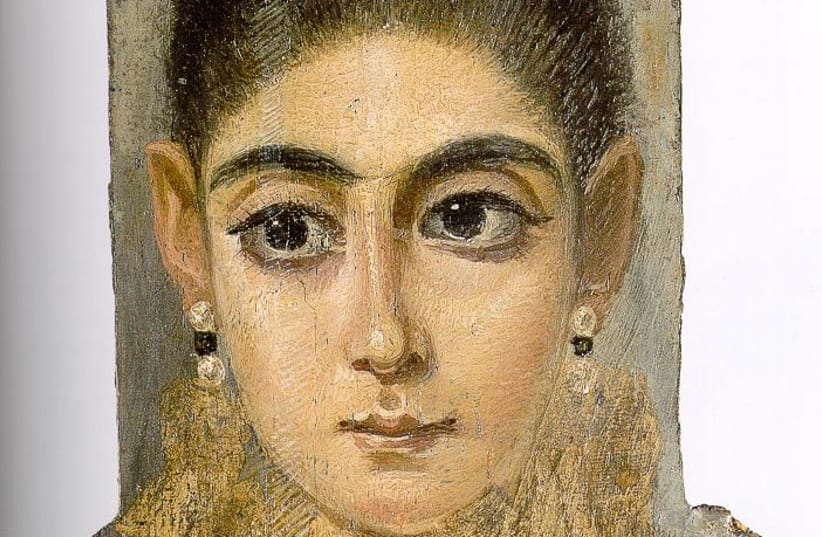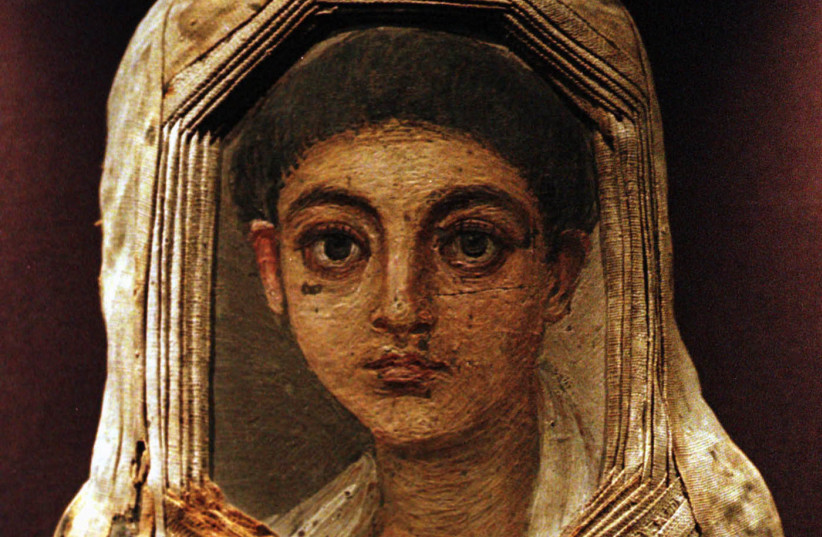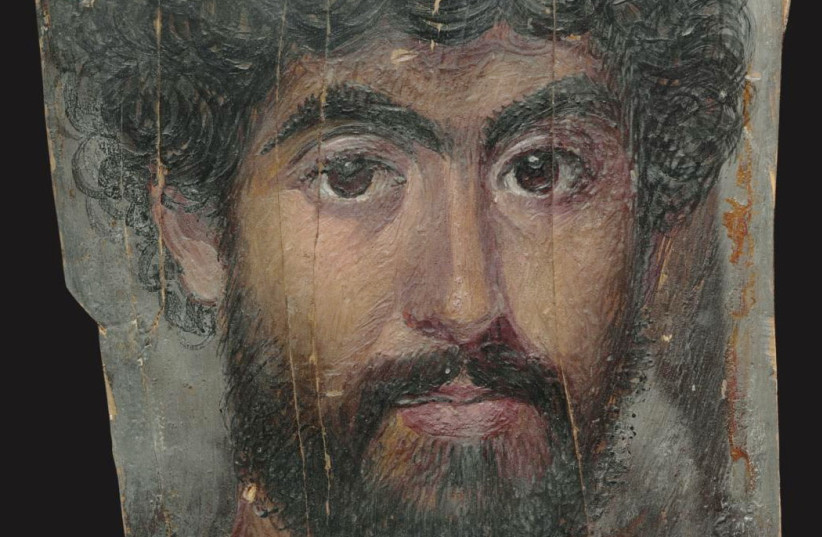A collection of extremely rare mummy portraits was discovered by archaeologists working in the Fayum region in Egypt, according to a press release by the Egyptian Ministry of Tourism and Antiquities.
The portraits were found on coffins in a large underground funerary building in catacomb style, which dates to the Ptolemaic and Roman periods and is part of a cemetery at the Gerza archaeological site.
What are mummy portraits?
Mummy portraits are detailed paintings of the dead, which were actually done while the person was still alive. They were usually painted on wood and date to the Greco-Roman period in Egypt, approximately between the 1st century BCE - 1st century CE, according to an article on ancient-origins.net.
The portraits were found attached to a number of coffins with different styles, some of them being fashioned in human form and others made in the Greek style with gabled roofs, explained the head of the mission, Dr. Gehad Bassem.
The paintings are known for their realism and beauty. A group of researchers even succeeded in using details in the paintings in order to diagnose neurological diseases, which they then confirmed by examining the corresponding mummies.
Other portraits show items like jewelry, which was subsequently found on the body of the mummy.
Dr. Adel Okasha, head of the Central Department of Egyptian Antiquities in Central Egypt, underlined the importance of the discovery. These are the first mummy portraits to be found in over a century, the last having been found by the famous English archaeologist Sir Flinders Petrie during his excavations in the Fayum region 115 years ago, Dr. Okasha stated.
Other important discoveries
Other rare discoveries in the same building included a terracotta statue of the Goddess Isis Aphrodite found in one of the wooden coffins, as well as a number of papyri written in Demotic and Greek script, which mainly describe social, economic and religious conditions of the region's inhabitants at that time.
The discoveries at the site also illustrate the stratification of society during the ancient period. The economic level of the deceased can be clearly seen according to the quality of their burial and especially the mummification process.
The village of Gerza had originally been established in the third century BCE during the reign of King Ptolemy II Philadelphius, as part of an agricultural reclamation project aiming to secure the food supply. The village's inhabitants included Egyptians as well as Greeks, a fact that is clearly reflected in the archaeological finds.
The remarkable discovery of the mummy portraits happened during the tenth excavation season at the site, which has been excavated in 2016, according to Dr. Adel Okasha, head of the Central Department of Egyptian Antiquities in Central Egypt.


